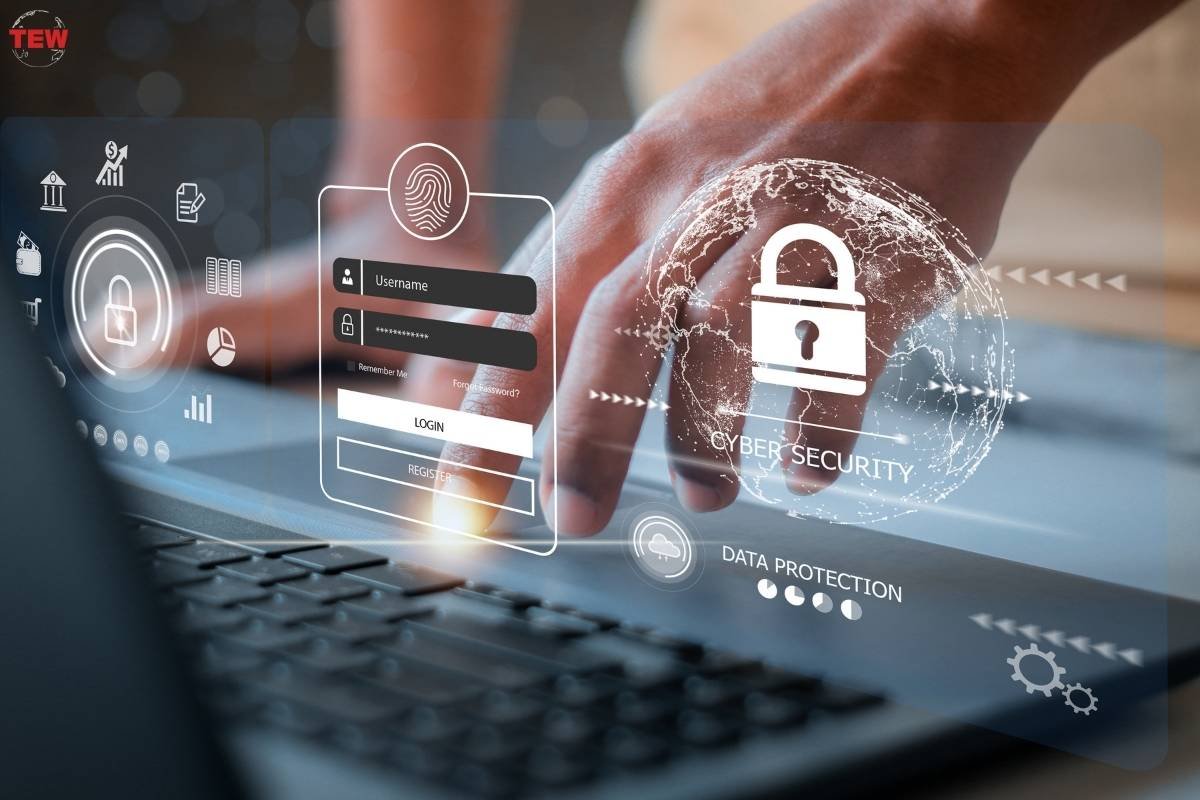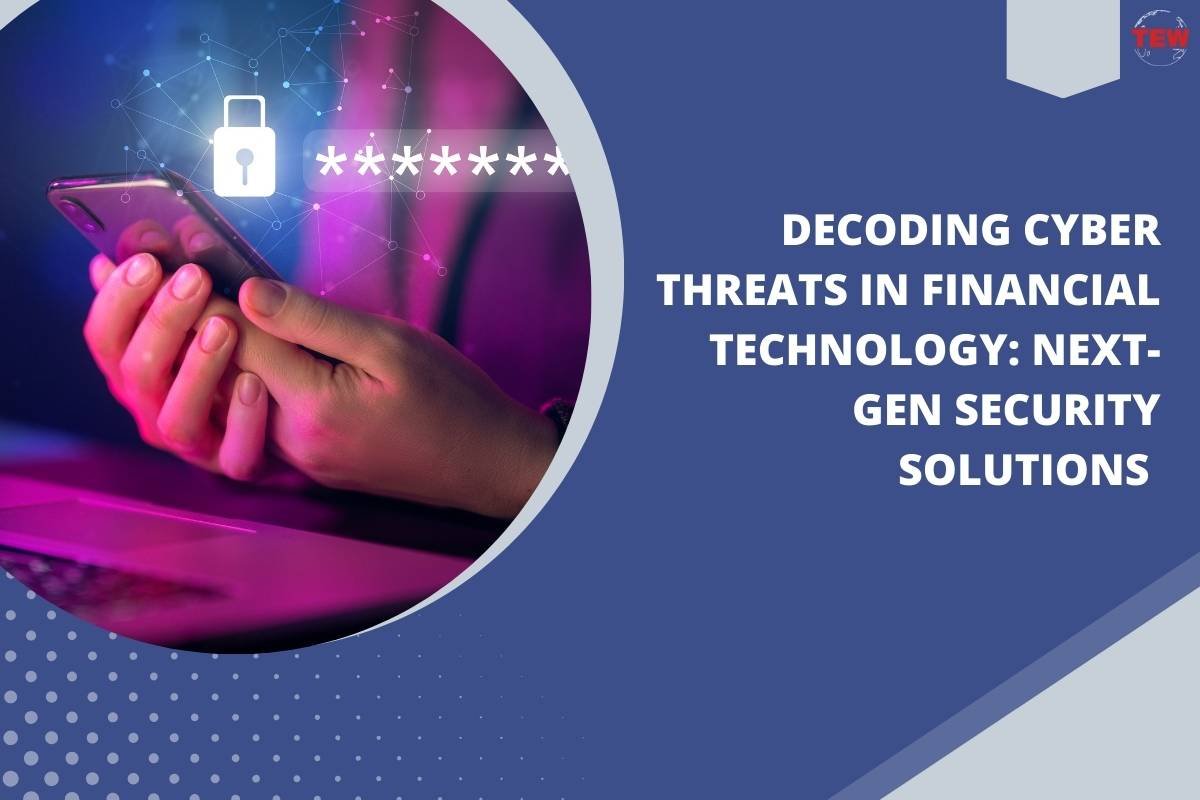As new tech for finance grows, bad guys try to hack it, they want to steal cash and data. This puts trust at risk. We look at the cyber threats in financial technology, threats are like phishing scams and hacking groups. We also see new ways to stop the bad guys. Like better encryption, blockchain tech, and AI. Finance tech firms use these to stay ahead of the hackers. They don’t just react, they reshape their cyber defenses. In this article, we will discuss the cyber threats in financial technology and next-gen security solutions
Understanding Cyber Threats in Financial Technology
1. Phishing Attacks
Phishing attacks are cheap tricks used to con people by bad people to acquire information about their accounts. This involves sending mainly deceptive emails or messages that look real but are designed to induce the victim into revealing crucial details like logins and passwords. The aim of these cybercriminals is to become thieves of people’s money and/or personal data.
Cyber Threats in Financial Technology: The purpose of this involves deceitful methods whereby the perpetrators make the victim believe that he/she will lose money in the bank, thus, making the person reveal the personal information willingly. For those concerned about falling victim to such scams, checking out Guardio reviews may provide insights into how effective this tool can be in identifying and blocking potential phishing threats.
2. Ransomware Attacks

The financial technology sector has been hardly hit by ransomware attacks. Visualize a situation wherein all your most vital data was locked and someone demanded payment from you so that he could unlock the files. Numerous banks and fintech companies are in fact facing rooms of this type of cyber malpractice. These cyber criminals use malware to hinder the users’ access to their data or systems and in turn, they demand a ransom so as to publish the data.
3. Advanced Persistent Threats (APTs)
The metaphor of the advanced persistent threats, for instance, is the comparison of APTs to sneaky invaders. They steal in quietly taking up a position deep into networks so that no one could notice that something was wrong. As a matter of fact, these are not minor issues to worry about. They are the creation of proficient culprits who can manipulate online defense mechanisms to their advantage.
Through the APTs, the objective is largely undesignated: in the first instance being able to access the financial account information of corporations and financial institutions. What distinguishes APTs is their manifestation of the highest creativity and perseverance–these are not the ordinary malware hacks. They are specifically made to the target with full planning and carefulness as they are the main source of security problems among modern-day cybersecurity professionals.
Next-Gen Security Solutions
On the one hand, Next-Gen Security Solutions make sure that money is safe, while on the other hand, they probably improve the convenience of payment and online banking. They use new technology and innovations to beat off intruders and keep their data safe.
1. Zero-Day Exploits

Zero-Day Exploits are secret coding flaws in software that are hidden even from the creators. These are called “zero-day” since when the bad people locate them, there is zero time for reparation; In 2023, 97 disgruntled spots were opened in these stubborn patches a significant change from 2022. In the constantly spinning world of cybersecurity, zero-day exploits represent those unwelcome visitors who barge in without permission, the ones the hosts had no clue would come.
2. IoT Vulnerabilities
Internet-enabled surveillance devices such as cameras and sensors are mushrooming every day in the financial tech sector. These items on the one hand save time and make life simpler but also on the other hand create gateways for the entry of cybercriminals. The amplification in hacks employing these nets that span the Internet environment is a very great concern for all people who carry out online funds transactions.
3. Denial-of-Service (DoS) Attacks
Denial-of-Service (DoS) attacks are executed with the intention of bringing down machines, or entire networks. They succeed in making the resources of these systems unavailable to their rightful users. These cybercrimes are mostly distributed denial of services (DDoS) attacks that send massive traffic to the system with lots of false requests. As a result, the whole operation is stopped, particularly fintech businesses that have a strong brand and brand image.
4. Man-in-the-Middle Attacks
(MITM) While in the cyber world, attackers do so by eavesdropping on two parties’ communication when they are online or through the actual physical infrastructure they use. What they may pretend to be doing is sending messages anonymously to other systems on a network. On the other hand, they could carry out acts such as traffic interception, data theft or pretend to satisfy the needs of users, but rather, in a hidden way, they protect users’ personal data.
In these attacks, hackers come between an individual and the website they are trying to access. The intruder can then see what is being sent and received (for example, passwords or credit card numbers) and even alter what is sent without anyone knowing.
The Crucial Role of Periodic Security Awareness Training

Regular security training also plays an important role in minimizing the risks associated with malware attacks. Through cybersecurity training, employees are trained to recognize problems such as the case at hand and the recent ransomware attacks, as well as take action. Training ensures that all employees are on guard and can deal with threats effectively.
Since we can’t make the devices or fix the vulnerabilities ourselves, we will be the weak links that allow the virus to enter the system by convincing ourselves that malware-ridden sites are completely safe. This is not just a good decision, it is an absolute necessity.
To conclude
Fintech faces big cyber threats in financial technology, but next-gen security solutions are stepping up. They’re smart, and ready to tackle phishing, ransomware, and more with advanced tech. The fight includes training people too because everyone needs to spot dangers.
So yes, the battle is tough, but hope shines bright with these new tools at our side. Together, they’re changing how we protect our digital cash flows, personal data against sneaky online attacks and cyber threats in financial technology.




